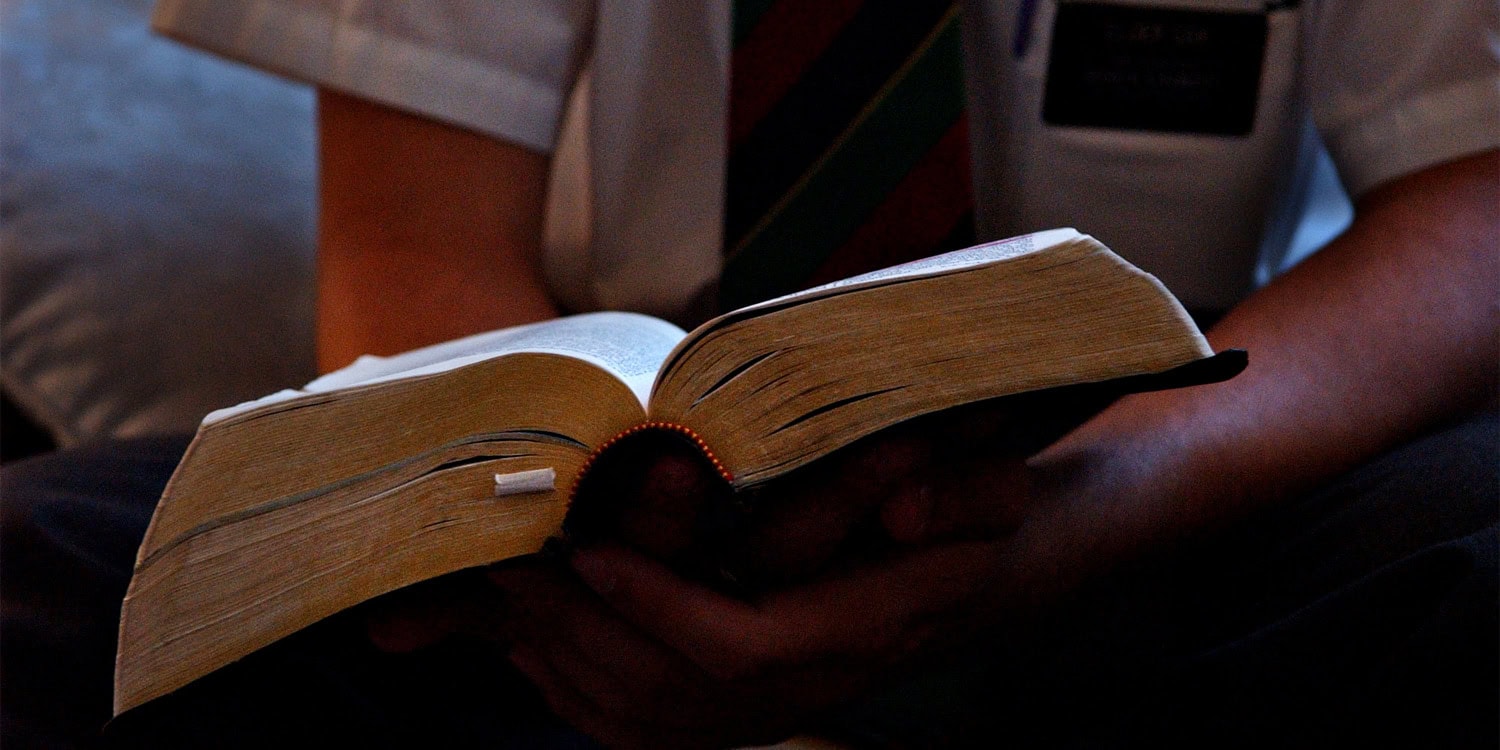A recent study published in the Journal of Sex & Marital Therapy offers insights into how religious beliefs influence the way people perceive their own sexual behavior, particularly in relation to viewing pornography. The research, conducted with two groups—one consisting of members of the Church of Jesus Christ of Latter-day Saints and another drawn from the general population—found that individuals who attend religious services more frequently are more likely to see their pornography use as compulsive, even when their viewing frequency might not suggest a clinical issue.
Previous research has shown that highly religious individuals often feel guilt or distress about sexual behaviors like pornography viewing due to their faith’s teachings, which can sometimes lead them to perceive their own sexual behavior as compulsive. By studying this connection, researchers aimed to clarify whether this perception of compulsive sexual behavior in religious individuals could be attributed more to moral disapproval than to actual problematic use.
To investigate the link between religiousness and perceived compulsive sexual behavior, the researchers recruited two samples of heterosexual adults living in the United States. One group included 263 members of the Church of Jesus Christ of Latter-day Saints, while the other included 270 individuals from the general population with various religious affiliations.
Participants answered questions designed to measure how often they attended religious services, their frequency of pornography use, and their level of moral disapproval of pornography. To assess perceived compulsive sexual behavior, they responded to a series of statements regarding their ability to control their sexual thoughts and behaviors, such as, “I fail to meet my commitments and responsibilities because of my sexual behaviors.” All responses were scored to create a measure of how much participants felt their pornography use was compulsive.
The study found that individuals who frequently attend religious services are more likely to perceive their pornography use as compulsive, particularly when they watch it often. This effect was observed in both groups. Essentially, the findings indicate that people who are more religiously involved tend to experience moral disapproval toward pornography, which in turn affects how they view their own usage.
Interestingly, while the general and religious samples differed in how often they viewed pornography, the patterns in the relationship between religiousness, moral disapproval, and perceived compulsive behavior were similar across both groups. In other words, the degree of moral disapproval was the key link between religious attendance and perceived compulsive behavior, regardless of the sample’s background.
Another important aspect of the findings is that perceptions of compulsive sexual behavior in religious individuals may not necessarily reflect actual behavior that would be classified as compulsive by clinical standards. Compulsive sexual behavior, as defined in the International Classification of Diseases, requires the behavior to be uncontrollable and cause significant distress or life impairment.
However, many participants in the study viewed their pornography use as problematic primarily due to moral conflict with their religious values, rather than due to real-world consequences or a loss of control. This suggests that some religious individuals may misinterpret moral disapproval as a sign of addiction or compulsivity, even in cases where their behavior does not fit clinical definitions of compulsive behavior.
As with any study, however, there are some limitations to consider. The data were collected through self-reported surveys, which means that participants’ responses could be influenced by social desirability bias—the tendency to answer questions in a way that aligns with what is socially acceptable.
Additionally, the study’s cross-sectional design (data collected at a single time point) makes it impossible to draw conclusions about causation. For example, while the researchers suggest that frequent religious attendance may increase feelings of moral disapproval, it is also possible that individuals who perceive their sexual behavior as problematic seek out religious communities more often for support.
The study, “Understanding How Religiousness Shapes Perceptions of Compulsive Sexual Behavior,” was authored by Sydney A. Sorrell, G. Tyler Lefevor, Samuel J. Skidmore, Rachel M. Golightly, and Kyrstin N. L. Searle.




